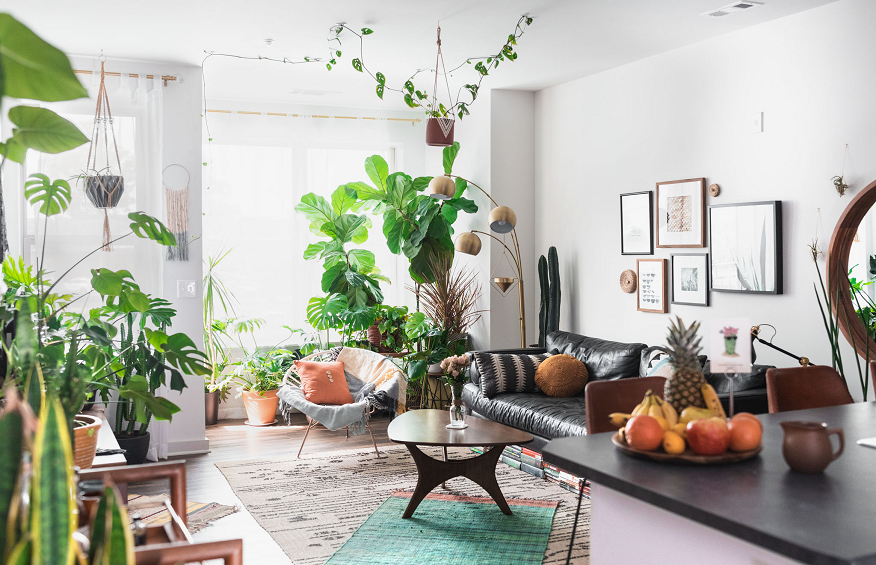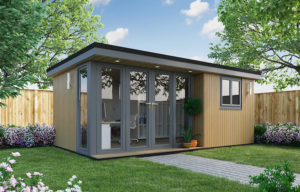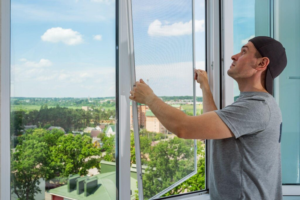Creating a Safe and Stimulating Home Environment
3 min read
A residence signifies more than just a dwelling; it’s a sanctuary where individuals of all age groups should feel secure, motivated, and nurtured. Designing a setting that offers both safety and inspiration forms a cornerstone of healthy living. Regardless of whether you’re arranging a household for a family with young kids or optimizing your area for elderly individuals, the principles of safety and stimulation hold fundamental importance. A babysitter helps create a safe environment at home for the kids. In this piece, we’ll delve into the skill of curating a home that achieves an ideal equilibrium between safety and enrichment.
Safety: The Core of Well-being
Prioritizing safety takes the lead when fashioning a home environment, particularly if you have young children or seniors facing mobility hurdles. Here are essential steps to take into account:
1. Childproofing: If children are part of the equation, childproofing is vital. Conceal electrical outlets, secure bulky furniture to walls to prevent toppling, and implement safety gates on staircases. Keep hazardous substances out of reach and put up window guards to avert falls.
2. Preventing Slips and Falls: For seniors, minimizing slip and fall risks stands as a priority. Employ non-slip rugs and mats, ensure adequate lighting across all spaces, and attach handrails in bathrooms and near staircases.
3. Fire Preparedness: Place smoke detectors in key areas and regularly assess their functionality. Keep fire extinguishers within reach and educate all family members about fire evacuation plans.
4. Emergency Contacts: Craft a visible roster of essential emergency contacts, encompassing local hospitals, poison control centers, and close relatives’ phone numbers.
Stimulation: Fostering Inquisitiveness and Growth
Beyond safety, a home environment that stimulates encourages continuous learning, creativity, and mental well-being for people spanning all ages:
1. Learning Zones: Allocate specific zones for learning and creative endeavors. Design a cozy reading corner with comfortable seating and ample lighting. Dedicate a spot for artistic activities, furnished with plentiful supplies.
2.Infusion of Nature: Integrate elements from nature into your living space. Indoor plants not only enhance air quality but also offer a soothing and visually pleasing ambiance.
3. Interactive Spaces: Advocate for interactive pursuits. Set aside an area in the living room for board games or puzzles, fostering quality time among family members.
4. Personalized Touch: Enable each family member to add their personal touch to their space. This cultivates a sense of ownership and bolsters emotional well-being.
5. Balanced Tech Use: While technology can be enriching, maintaining equilibrium is crucial. Enforce limits on screen time and ensure that technology serves as a tool for learning and entertainment rather than a distraction.
6. Interactions Across Generations: If your household spans different generations, design spaces that facilitate interactions. Contemplate open floor plans that promote seamless communication between rooms.
Universal Design: Crafting an All-Inclusive Atmosphere
Universal design principles create a home that’s accessible and comfortable for all, irrespective of age or ability:
1. Clear Pathways: Clear pathways of clutter and furniture to facilitate effortless movement for everyone, including individuals using mobility aids.
2. Accessible Features: Install door handles designed for easy gripping, and consider incorporating pull-out shelves in kitchens for straightforward access to items.
3. Bathroom Adaptations: In bathrooms, introduce adjustable showerheads and handrails to assist individuals with varying degrees of mobility.
4. Visual and Auditory Clues: Implement visual and auditory indicators. Set up bright lighting and contemplate employing contrasting colors to aid those with visual impairments.
Conclusion
Creating a home environment that gives precedence to safety and stimulation is an ongoing process that adapts as your family’s requirements evolve. A secure and engaging space promotes growth, nurtures connections, and amplifies overall well-being. A babysitter Toronto also plays a crucial role in creating a secure and safe environment for children at home. By integrating safety measures, invigorating activities, and inclusive design principles, you can construct a home that serves as a sanctuary for every inhabitant, regardless of their age or capabilities.






